The Paper Trail – September 2020
Welcome to the latest edition of The Paper Trail, a monthly compilation of the most interesting, thought-provoking and informative investment research I can find.
Housekeeping items:
- Each piece will be introduced with the primary question the authors aim to explore and/or answer.
- I’ll also include a memorable quote and visual from each one.
- Lastly, they are bucketed into two categories, sorted by estimated reading time – “bps” for the shorter ones and “pieces” for the longer ones.
Enjoy!
“bps” (reading time < 10 minutes)
Is the rise of superstar firms and industry concentration healthy for markets?
“While Big Tech is making headlines, it turns out that almost all industries are now dominated by monopolies. Capitalism has blessed us with Big Oil, Big Tobacco, Big Pharma, Big Ag, and even Big Beer. Almost every industry is now dominated by a few big firms.”
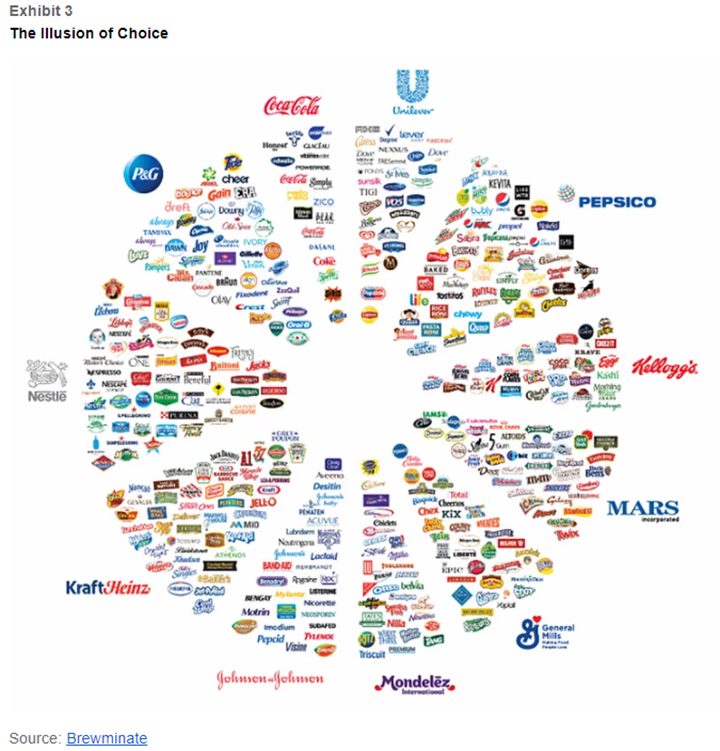
Monopolies Are Distorting the Stock Market (Sparkline Capital)
What has changed for trend following strategies over the last ten years?
“In simple terms, when things change, prices on average tend to be more persistent and in these moments following the trend is often exciting and profitable. In other words, when things are truly uncertain the market prices themselves may lead us to new directions.”
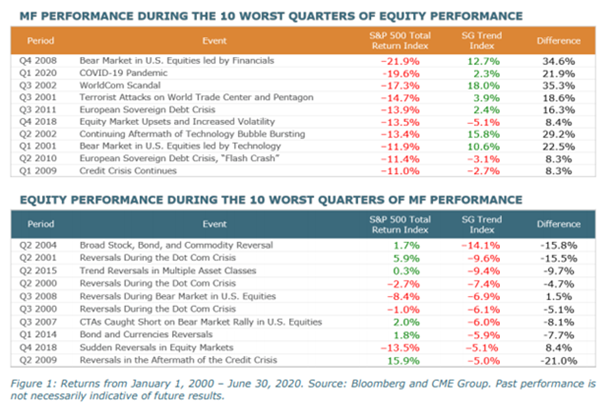
Reflections on Ten Years in Trend Following (AlphaSimplex Group)
Is the value factor’s long winter coming to an end?
“Factors carry premiums, but they inevitably involve periods of pain too. No pain, no gain – or premium.”
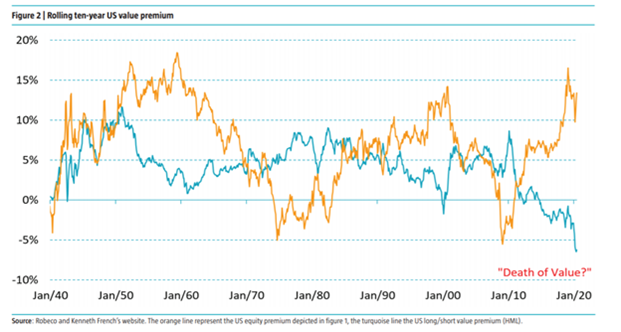
Will value survive its long winter? (Robeco)
How has the Emerging Markets opportunity set evolved in recent years?
“Between 1988 and 2019, emerging markets outperformed US stocks by 34 percentage points or more per year four times (1993, 1999, 2007, and 2009) and underperformed US stocks by that same magnitude four times (1995, 1997, 1998, and 2013).”
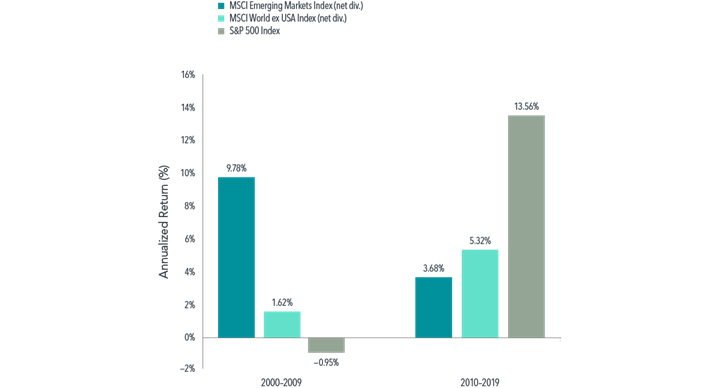
Are there technology-related investment opportunities outside of public equity markets and venture capital?
“Technology can take many forms, from software as a service (SaaS), the Internet of Things, biotech, datacenters, and even the remaking of retail into a tech-enabled consumer receiving goods from the warehouse to the front porch. Similarly, investing in technology can take many forms and spans all the major asset classes.”
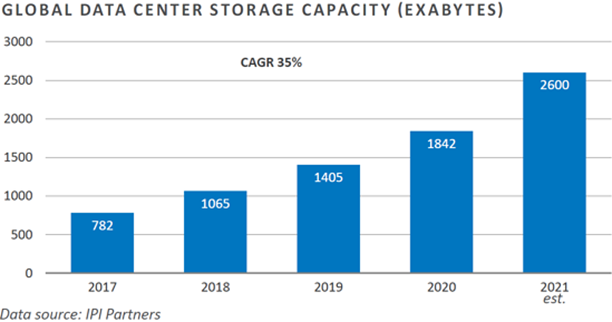
FEG Insight: Tomorrow’s Tech, Today’s Investments (Fund Evaluation Group)
Is the “size effect” debate finally settled?
“We are also quite clear that whether other factors, e.g., value, momentum, etc., work better within small stocks is a completely different issue (another thing the “settling” paper rediscovers – perhaps “resettling” would’ve been a better title! ?). This has been confused before and continues to be oddly hard to communicate. We agree that other factors may indeed work better in small stocks (though given higher costs of trading it’s not a slam dunk that you can make more money from them), and that may in fact justify a larger allocation to small stocks that doesn’t include all small stocks but something like ‘small value.'”

There Is No Size Effect: Daily Edition (AQR Capital Management)
“pieces” (reading time > 10 minutes)
How do fiscal and monetary policies turn markets upside-down?
“But the bullish asymmetry won’t last forever. If we push hard enough on the fiscal side, we will eventually see inflation assert itself as a problem, causing a shift in the Fed’s biases that brings the downside potential of an upside-down dynamic back into play.”
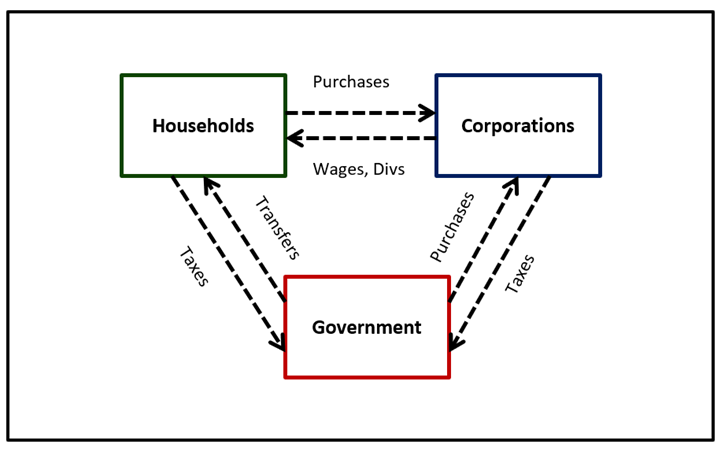
What are the fundamental performance drivers for systematic investment strategies?
“If we can better understand how signal-return dependencies influence the profitability of long–short pair strategies, then we can potentially use these insights to assemble portfolios with more desirable properties than standard approaches.”
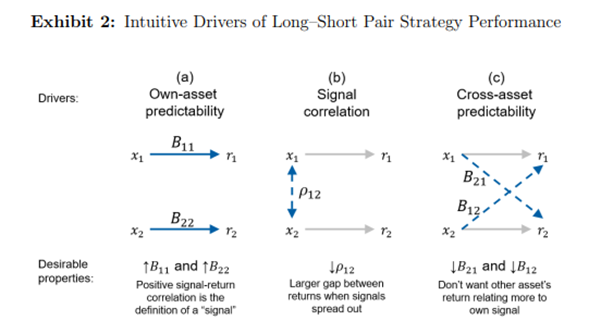
Decoding Systematic Relative Investing: A Pairs Approach (Research Affiliates)
Are there explanations and investment implications behind the seemingly greater frequency of volatility shocks?
“The S&P 500 acts as the keystone to a complex market system held together by arbitrage boundaries. When chaos ensues in one market, these arbitrage bounds can lead to knock-on effects. When these knock-on effects reach the S&P 500, the entire market structure can begin to break down.”
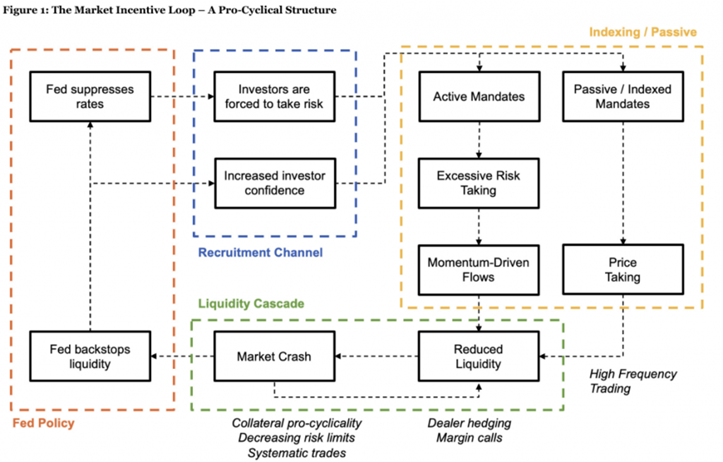
Liquidity Cascades: The Coordinated Risk of Uncoordinated Market Participants (Newfound Research)
Has the investor’s analytical approach shifted from the balance sheet to the income statement?
“Tomorrow’s outcomes that are different than today’s perceptions lead to revisions in expectations that are the source of excess returns.”
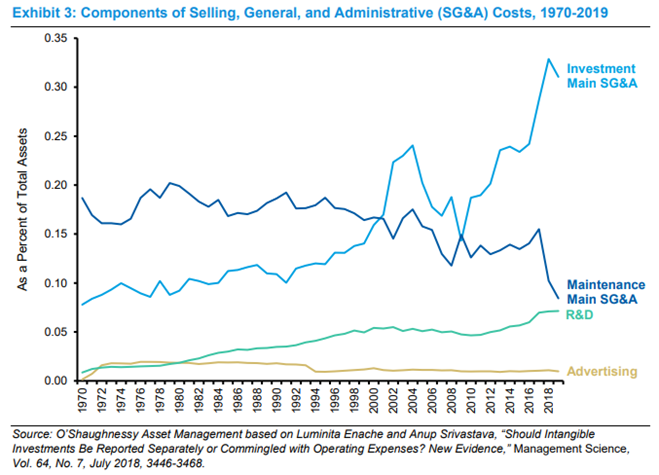
Do government bonds have anything left to give?
“Nontraditional portfolios have some ability to sidestep the trouble, but frankly it is hard to envision a diversified portfolio that is not worse for these changes in the characteristics of government bonds.”
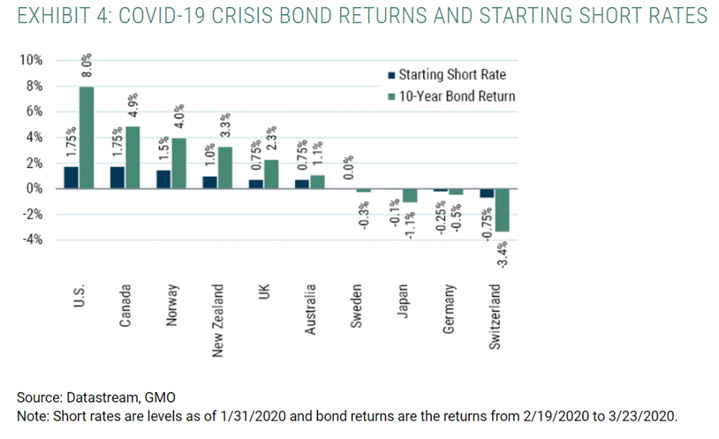
Are Environmental, Social and Governance (ESG) considerations a distinct investment factor?
“Even though we are unable to apply the factor framework to ESG, these strategies, however heterogeneous, may still produce superior returns. Non-robust, and even robustly negative, strategies will invariably cycle through periods—think three-to-five year stretches—of outperformance. And over the very long term, possibly decades, stocks that rank well on ESG criteria may also outperform.”
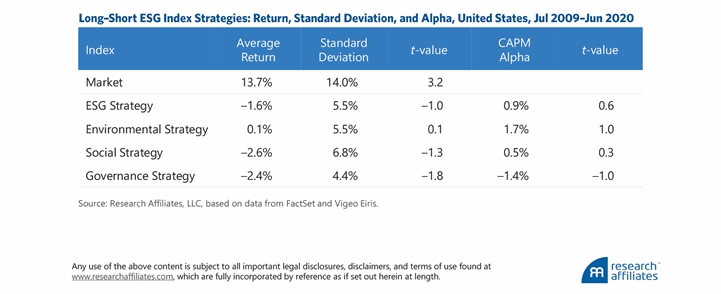
Get on the List!
Sign up to receive the latest insights from Phil Huber directly to your inbox.

